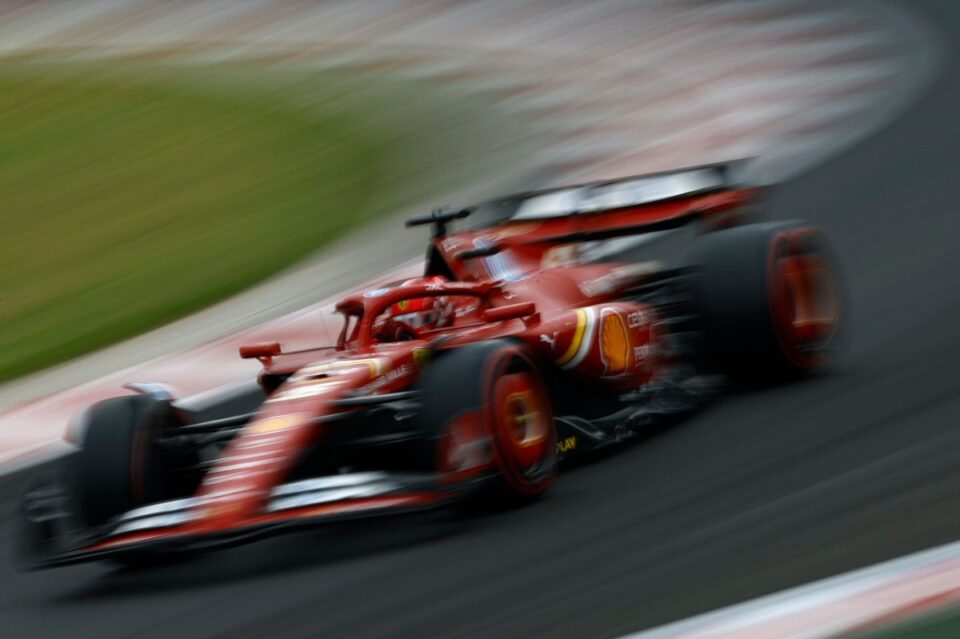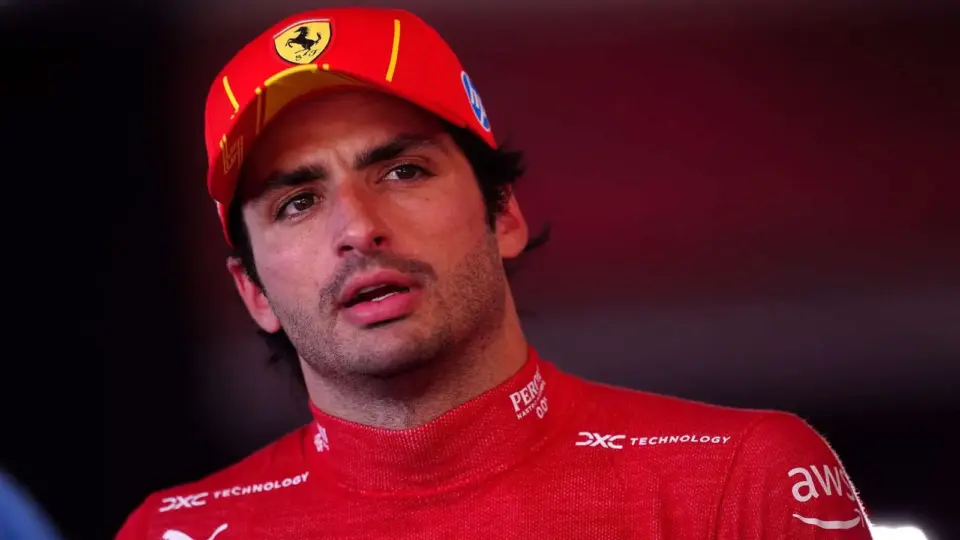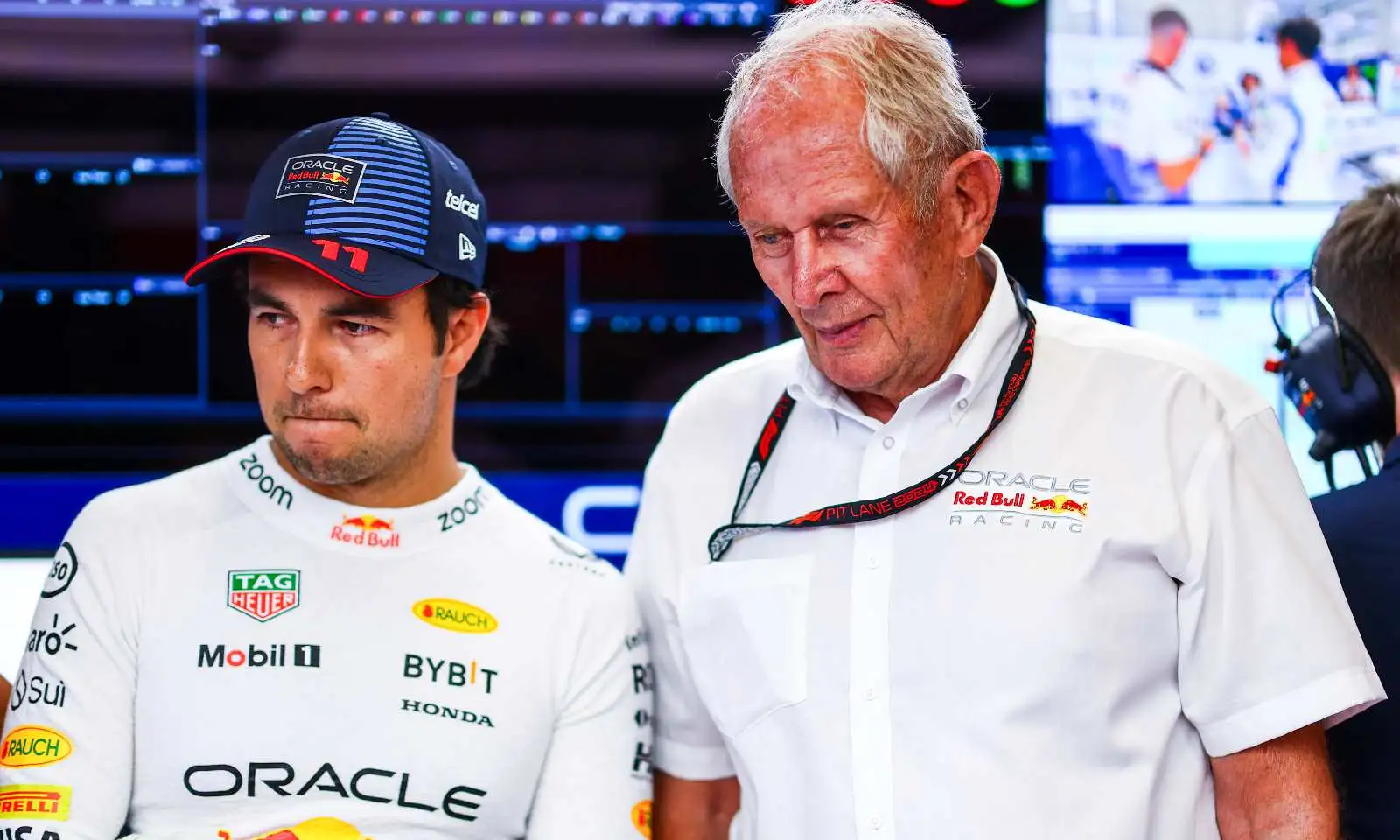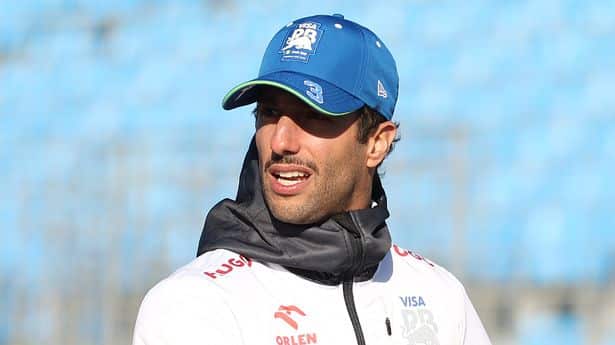Lewis Hamilton, the most decorated driver in Formula One history, recently opened up about the challenges he faced adapting to the new breed of F1 cars. His admissions come after several seasons where Mercedes, despite their previously dominant engine, struggled to match the performance of Red Bull due to significant regulation changes by the FIA.
Starting in 2014, Mercedes enjoyed substantial success by perfectly synchronizing their car designs with the new V6 turbo-hybrid engines. However, the radical car design changes and a freeze on engine development in 2022 caused the team to lag behind Red Bull. The FIA’s overhaul of aerodynamic rules, which sought to reduce ‘dirty air’ and facilitate overtaking by cutting downforce generated by the bodywork by 50%, coupled with the reintroduction of the ‘ground effect’ concept, presented new challenges.
Ground effect required drivers to sit closer to the front wheels, a positioning adjustment that Hamilton openly disliked. “We sit closer to the front wheels than all the other drivers,” he remarked, adding that this setup altered the car’s attitude and made it harder to predict its movements. Even though the differences in design between Mercedes and Red Bull were minimal, Hamilton struggled to adapt, unlike his teammate George Russell, who outperformed Hamilton in their first season together.
Hamilton’s difficulties were compounded by the realization that he needed to modify his driving style significantly. “I just keep trying to drive the way I want to drive and then realize it doesn’t always work,” he admitted. Despite his efforts to ‘massage’ his approach, he often found his traditional driving methods ineffective. Yet, he acknowledged the necessity of being adaptive and evolving as a driver, despite it taking longer for some to adjust to new circumstances.
Hamilton’s adaptation seems to be paying off lately, with notable performances in recent races. He now leads Russell by 234 points to 175, despite some hiccups like Russell’s car being underweight at the Belgium Grand Prix. Hamilton has secured two wins in the last three Grand Prix, indicating he is becoming more comfortable with the new ground effect cars.
Looking ahead, Hamilton faces new challenges as he prepares to move to Ferrari next season. Ferrari, despite showing promise early in the year, has fallen behind teams like McLaren and Mercedes in challenging Red Bull. Hamilton’s move, prompted by frustrations with Mercedes’ development pace, may not offer the competitive edge he seeks. His future at Ferrari will hinge on his ability to quickly adapt to their car’s specific driving style, similar to the adaptability shown by his contemporary Fernando Alonso when he switched teams.
Hamilton’s journey highlights the significant impact that regulation changes can have on even the most experienced drivers. His struggle and ultimate adaptation underscore the importance of flexibility and continuous learning in maintaining competitive performance. As he transitions to Ferrari, his ability to swiftly adapt will be crucial in determining his future success in Formula One.










